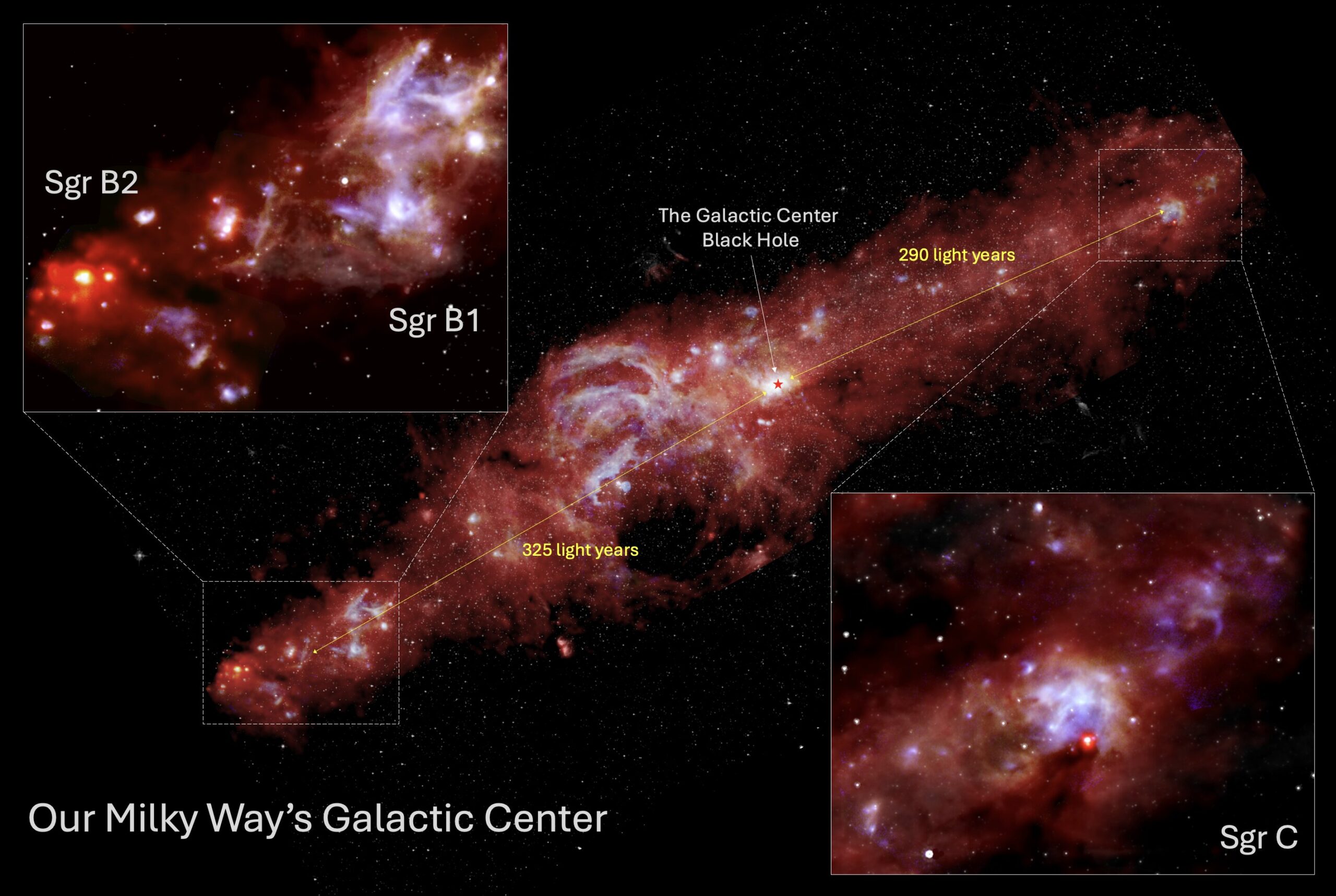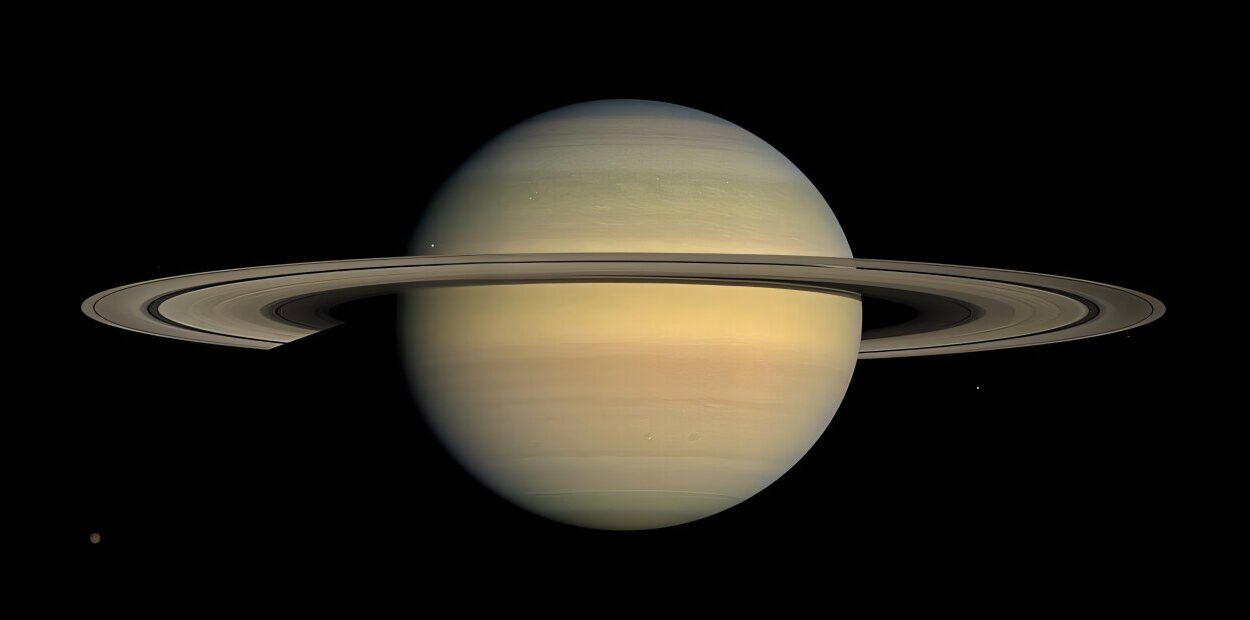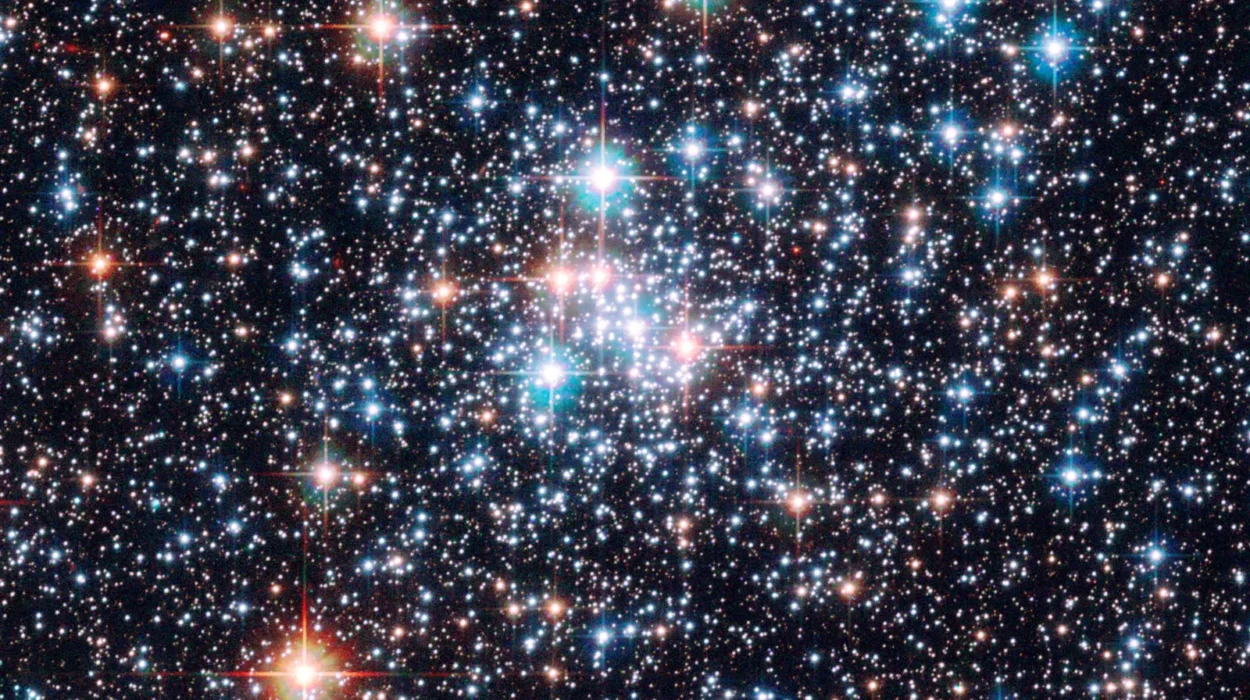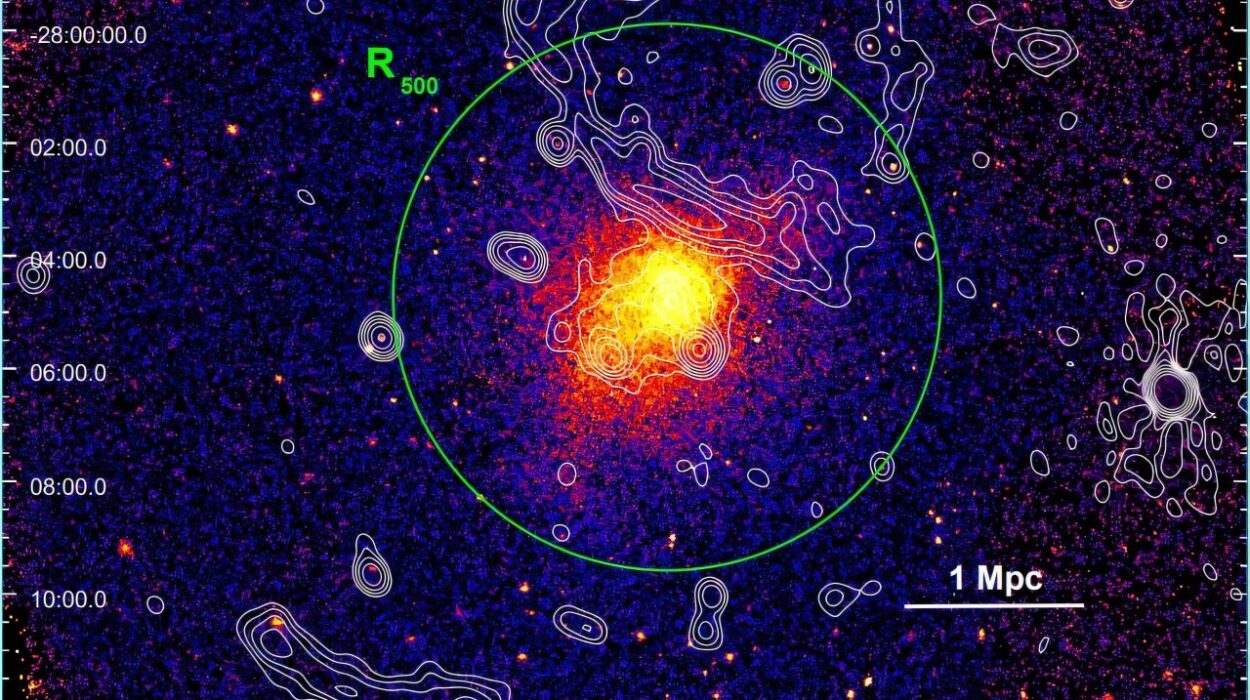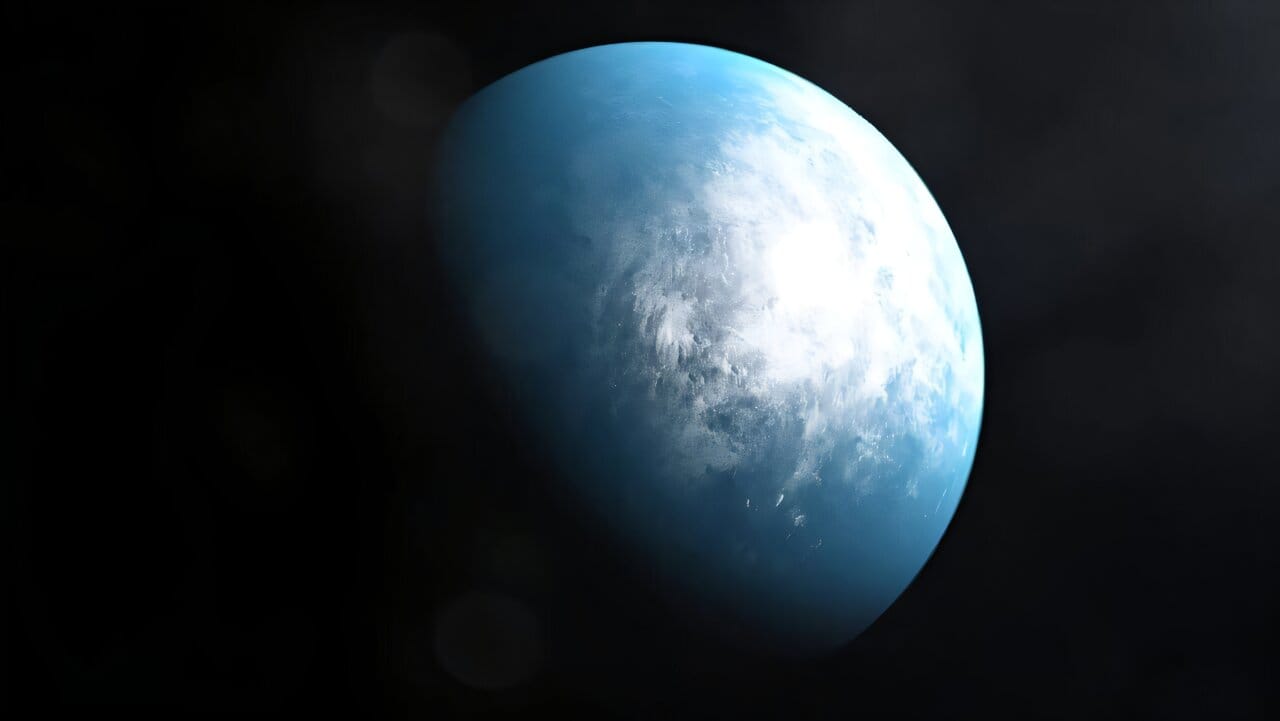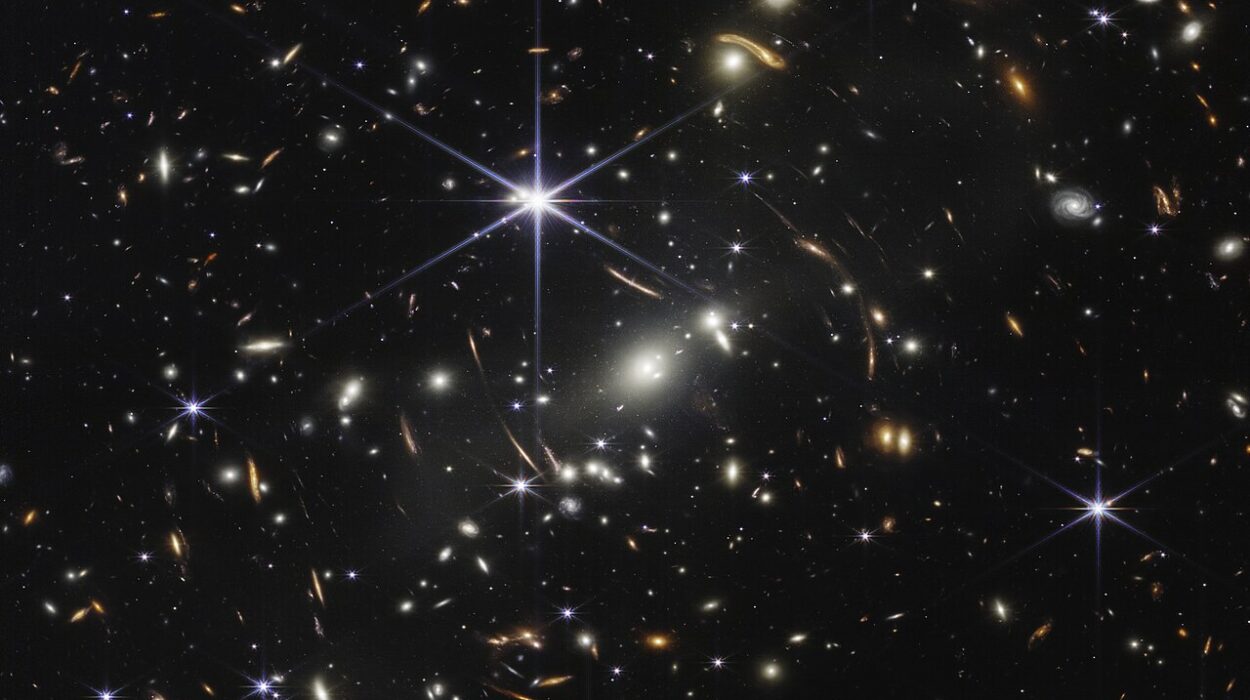At the chaotic heart of our Milky Way galaxy, where gravity howls and stellar winds scream across the void, a strange quiet has descended. While this region is packed with some of the densest clouds of gas and dust in our cosmic neighborhood—conditions that should be perfect for forging massive stars—a new study reveals a surprising twist: star birth here seems curiously subdued.
Led by Dr. James De Buizer of the SETI Institute and Dr. Wanggi Lim of IPAC at Caltech, an international team of astronomers has uncovered compelling evidence that the galaxy’s bustling core is forming massive stars at a significantly lower rate than expected. Their findings, published in The Astrophysical Journal, peel back the thick veil of the galactic center to reveal a cosmic nursery with far fewer cradles than astronomers anticipated.
And the instrument that helped them see through the darkness? A retired NASA aircraft with a telescope strapped to its belly.
A Telescope That Soared Above the Clouds
The now-grounded SOFIA (Stratospheric Observatory for Infrared Astronomy) may have taken its final flight, but its legacy continues to reshape our understanding of the cosmos. Flying high above most of Earth’s water vapor, SOFIA’s 2.7-meter telescope could capture infrared light that ground-based observatories cannot see. That made it the perfect eye to peer into the dust-shrouded regions of the galaxy’s core.
Targeting three major star-forming regions—Sgr B1, Sgr B2, and Sgr C—located near the supermassive black hole that anchors the Milky Way, the team used SOFIA’s infrared vision to search for the telltale glow of newly forming massive stars, those giants at least eight times the mass of our Sun.
What they found was both illuminating and perplexing.
The Quiet Cradle of Stars
Although these central regions are stuffed with raw material, the number of massive stars currently being born there is unexpectedly low. More than six dozen young stellar giants were identified, but the numbers and sizes fell short compared to star-forming regions farther from the galactic center—even in less turbulent zones closer to our own Sun.
This revelation flies in the face of long-held expectations. Traditionally, dense regions like these should be fertile grounds for the formation of stellar behemoths, birthing generation after generation of bright, short-lived giants. But in the galactic center, these stellar nurseries seem to be running dry after a single stellar cycle.
“Recent studies have concluded that star formation is likely depressed near the galactic center, and even that there may be no present star formation occurring there,” said Dr. De Buizer. “The data show that, contrarily, massive stars are presently forming there—but confirm at a relatively low rate.”
That subtle difference matters. It suggests that while the lights are not completely off in the galactic core, they’re certainly dimmed.
A Stormy Neighborhood
Why the slowdown in star birth? The galactic center is no gentle cradle. It’s a cosmic maelstrom where molecular clouds race around the black hole at furious speeds, battered by gravitational tides and jostled by ancient stars and infalling matter. In this hostile environment, clouds of gas and dust may not have the time or stability to collapse and form stars before being torn apart.
“These galactic center star-forming regions are in many ways very similar to the massive star-forming regions in the relatively calm backwaters of our galaxy,” said Dr. Lim. “However, the most massive stars we are finding in these regions, though still remarkably large, fall short in both size and quantity compared to those found elsewhere.”
Even more striking is that the star-forming material in many of these central regions seems to be running out. Unlike typical stellar nurseries, which continue to give rise to multiple generations of stars over millions of years, the galactic center zones appear to lack the gas and dust needed for future star formation. These are one-shot wonders—stellar factories that burn bright and fast, then go silent.
A New Kind of Stellar Nursery?
Sgr B1 and Sgr C, long thought to be classic examples of giant H II regions—large, glowing clouds of hydrogen gas surrounding newly born stars—are now under scrutiny. This study suggests these regions might not fit the classical definition after all. Instead, they could represent a new and little-understood type of star-forming environment, where extreme conditions result in a unique, stunted stellar evolution.
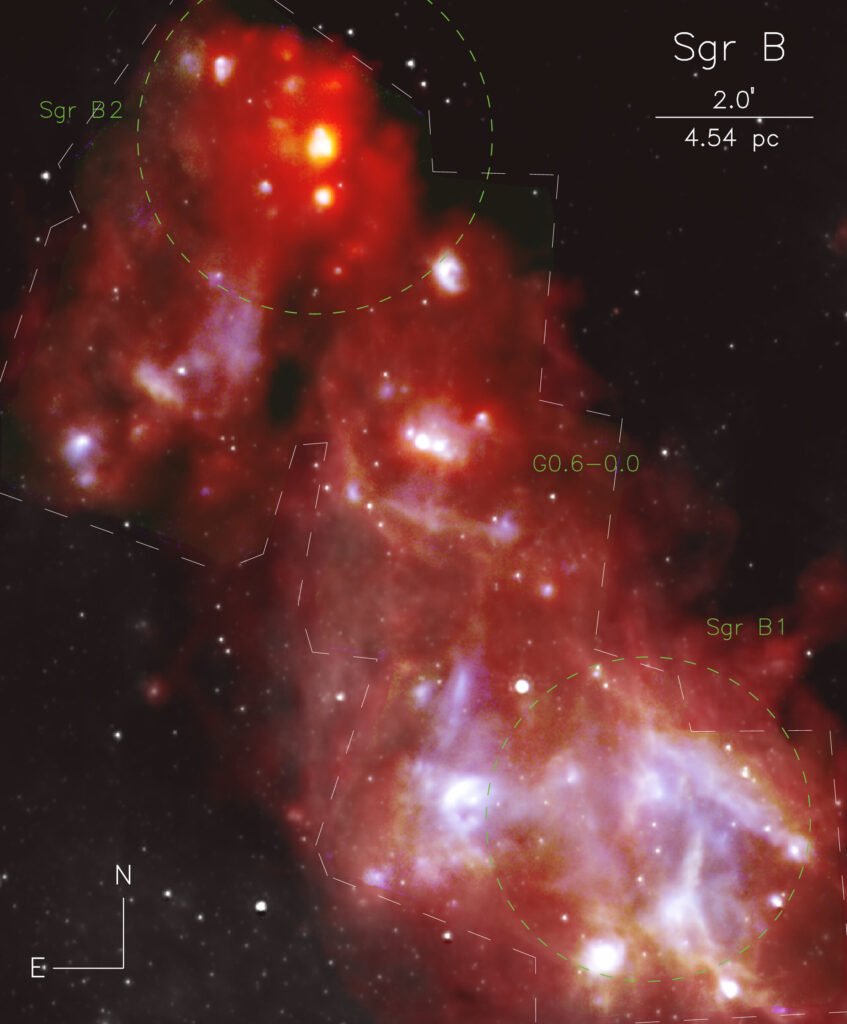
And yet, there is an outlier: Sgr B2.
Though it too has a low current rate of star formation, Sgr B2 appears to be holding onto a large reservoir of dense, star-forming gas. It’s the bright hope among dim regions, possibly on the cusp of birthing a new generation of massive stars—if the conditions allow it.
The Galactic Tale Continues
These findings are more than academic—they reshape our understanding of how galaxies evolve. Star formation is one of the engines that drive galactic life. Stars fuse elements, illuminate dust clouds, explode as supernovae, and help sculpt everything from solar systems to spiral arms.
The discovery that even our own galaxy’s center—the most material-rich region we know—can experience a slowdown in star formation forces scientists to rethink how stars are born, and how galaxies grow.
“We’re learning that the center of the Milky Way doesn’t always follow the rules,” said Lim, who will present the results at the 246th meeting of the American Astronomical Society in Anchorage, Alaska. “There’s still so much we don’t know about how extreme environments change the way stars are formed.”
As the cosmos continues to reveal its secrets, the fading echoes of SOFIA’s final flights remind us of how science often works: a retired telescope, a dusty corner of the galaxy, and a few patient astronomers willing to listen to the silence between the stars.
And sometimes, that silence speaks volumes.
Reference: James M. De Buizer et al, Surveying the Giant H ii Regions of the Milky Way with SOFIA. VII. Galactic Center Regions Sgr B1, Sgr B2, and Sgr C, The Astrophysical Journal (2025). DOI: 10.3847/1538-4357/adbbd9
